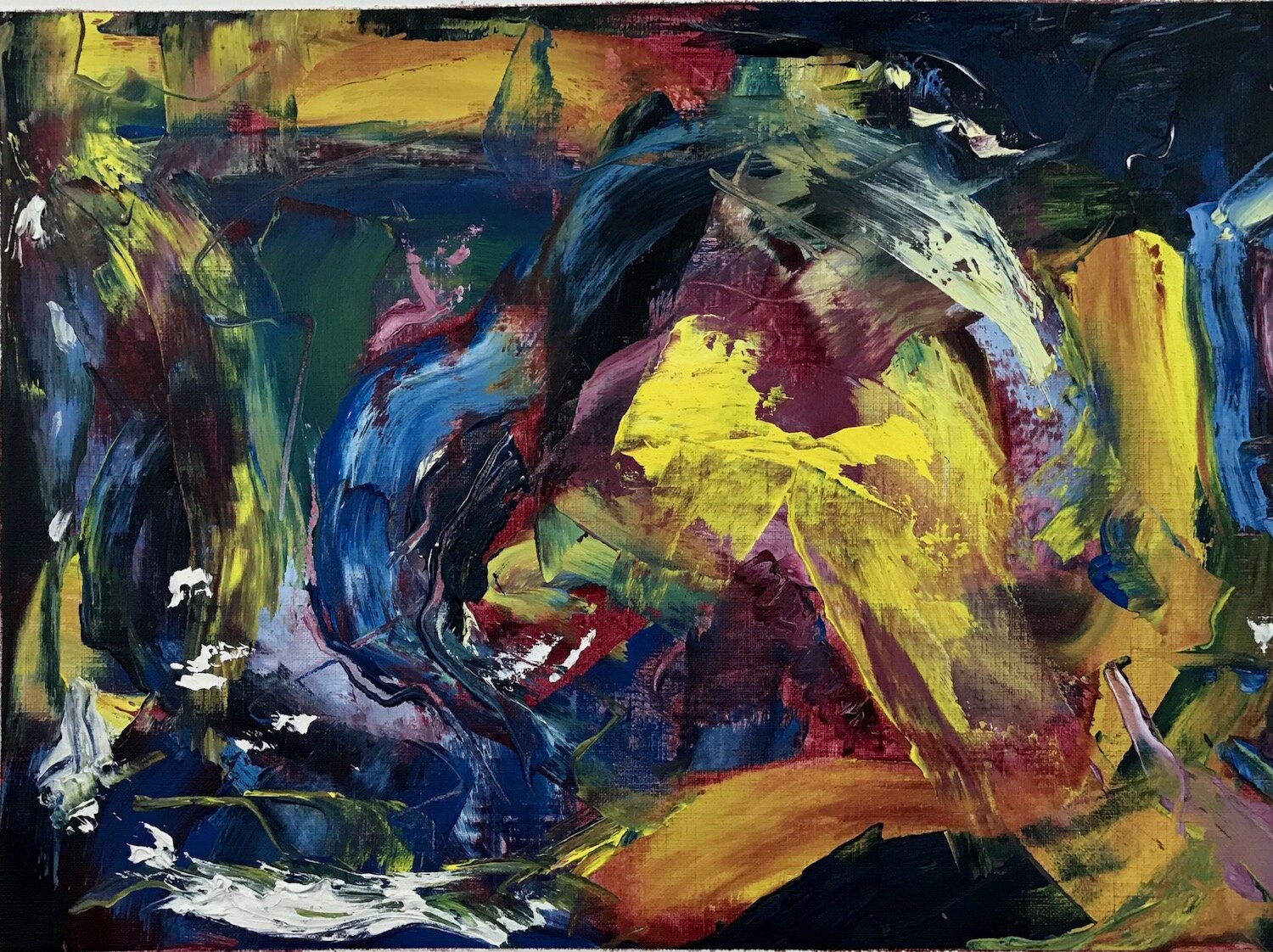Assessing the Rules
You shouldn’t paint using a straight tube of black; it’s too flat. Clouds aren’t actually grey. You need a focal point. You need a specific amount of value shift. Don’t add in too much “information”. You should have three things that swirl like a seashell cone. Colour inside the lines and make it opaque. – Rules I’ve learned
When you learn how to make art or get feedback on art you’ve made it often comes with little nuggets of wisdom. When I’m being taught, I can’t help but to store little pieces of feedback as ‘absolute truths’ or rules somewhere in my brain. I’ve noticed this habit in many parts of life and not just within my art practice.
As a returning artist, relearning old “lessons” is vastly fascinating. I know I’ve heard these things before, but I don’t think I properly understood or digested them. But now I feel like I ‘get it’; I can articulate it, and I can apply it. As a kid it was more like copy and paste.
I think this also warrants a short explanatory distinction between rules and facts. It’s a fact that to get a crisp bright green you need a cool yellow and a cool blue. But it’s a rule you should never buy a tube of premixed green.
Rules can be great because they ‘belong’ to you and they corral your options and guide you through choices. But, obviously that means they can be limiting, overbearing and obsolete. And the most important piece about rules is that they should be yours, not someone elses.
I’ve come to realize that, in fact, rules are flexible, and largely in the eye of the beholder. I didn’t know that as a kid. I’m now reaching that stage where I’m starting to question everything I say to myself. Did I convert rules into facts?
“Oh Meghan, don’t do that”. Says who? I’m asking these questions more and more as I paint and especially when I’m trying to make something abstracted, which is such a challenge for me. “Does this please the eye”? Is that even a question I should be asking? Shouldn’t I be asking, does this convey what I actually want to say? It gets really meta in the studio sometimes.
For example, one rule I didn’t know you could question was perspective. Do you need it? Do you need to “do perspective right?” I didn’t know you could manipulate it, use parts of it when you felt like it. This was mind blowing.
It’s also funny to watch these rules affect and define my design choices, pigment choices, technique choices, and even how I want to articulate my work.
Here are some gems I’ve encountered:
Don’t put your subject right in the middle because it will limit the eye’s exploration.
Limit your palette. (But actually this is a flexible rule I treasure.)
Don’t paint teeth.
Watercolour should be loose and only used for sketches. (That was never going to fly)
Etc. etc.
It appears I’m at that stage where I’ve been given a set of standards and guidelines that have served me so well. And, now I’ wondering why I keep them. It’s very confusing and time consuming to sort it all out. However, what I hope is happening that I’m sharpening my voice.




